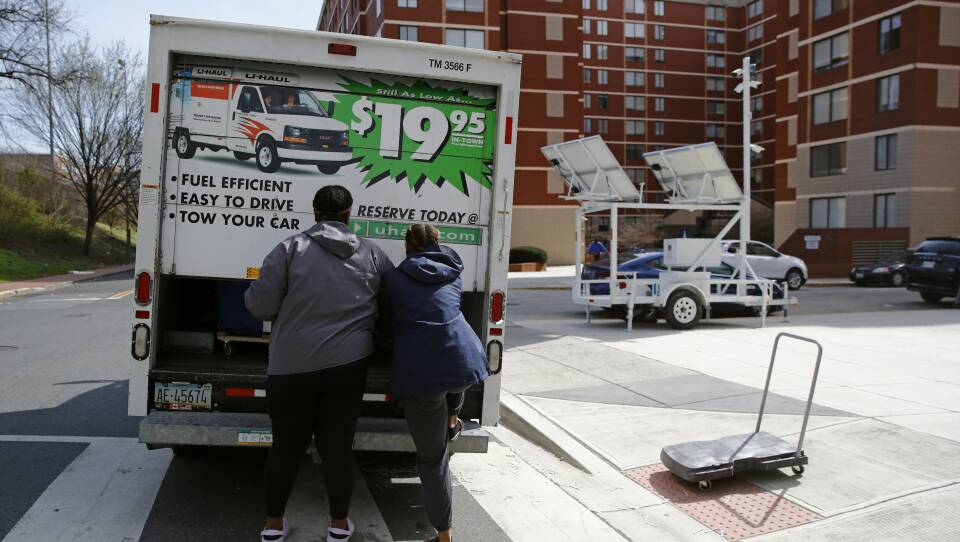Most Massachusetts cities and towns experienced a slight growth in residents from 2023 to 2024, boosting the state’s population amidst continuing concerns about outmigration, according to new U.S. Census Bureau data.
The Census Bureau’s Vintage 2024 estimates released last week found that about four in five Bay State municipalities counted more residents on July 1, 2024 than a year earlier, fueling the nearly 1% statewide population growth over the same span that officials previously announced.
Boston, the state’s largest city, led the pack in total growth, with 8,855 new residents pushing its population to more than 673,000, the data show. That’s a rate of about 1.3%.
Some smaller communities expanded at higher rates. Stoneham added 1,452 people over the one-year period, a nearly 6.3% growth rate that led all 351 cities and towns. Among larger municipalities with at least 50,000 residents, the most significant population change was in Revere, which grew 2.94%.
Sixty-one communities lost population year over year. The biggest loss, both in terms of raw total and percent change, was Concord, whose population shrunk 181 people or roughly 1%.
Secretary of State William Galvin’s office said most of the towns with population decreases were concentrated in western Massachusetts or Barnstable County.
It appears Massachusetts is part of a larger regional trend.
“In 2024, the Northeast experienced population growth after years of steady decline, with rates ranging from an average growth of 0.1% in cities and towns with fewer than 5,000 people (a shift from the 0.3% average decline in 2023) to 1.0% average growth in cities with populations of 50,000 or more — five times higher than their growth rate during 2023,” the Census Bureau wrote in a news release last week.
Nationally, the largest average population growth was in the South, the Census Bureau said, while the western part of the country also saw increases and the Midwest experienced “modest population growth.”
The new municipal data build on statewide totals released in December. The Census Bureau counted 7,136,171 people living in Massachusetts as of July 1, 2024, an increase of nearly 70,000 or close to 1% over a year earlier.
Thousands of people continue to leave Massachusetts for other states, but newly incoming immigrants have more than made up for it in recent years, the data show. From July 1, 2023 to July 1, 2024, the Census Bureau reported that about 27,500 people decamped Massachusetts for another state -- down from 36,500 the prior year and 54,800 the year before that.
In each of those years, international migration to the Bay State surpassed 72,000, climbing to 90,200 from July 1, 2023 to July 1, 2024.
The UMass Donahue Institute previously called the 2023-to-2024 trend the Bay State’s largest annual population increase in 60 years. The Pioneer Institute later suggested the growth was linked to an increase in humanitarian migrants who are now being more accurately counted.
Beacon Hill has been closely watching migration patterns, especially as business groups and others warn of people leaving Massachusetts due to the state’s high cost of living.
Galvin’s office echoed the Donahue Institute analysis last week, attributing the year-over-year growth to slowing domestic outmigration to other states as well as “record levels of international migration.”
“Accurate population counts are crucial for state and local governments, because they dictate federal funding for things like schools, transportation, and health care,” Galvin, a Democrat who is the state’s 2030 U.S. Census Liaison, said. “If people are living in Massachusetts, using those resources, and contributing to our local economy, we must push back against any efforts to exclude them from the count.”
From July 1, 2020 to July 1, 2024, the Census Bureau’s Vintage series counts an increase in the Bay State’s population of about 141,000 people or 2%.




